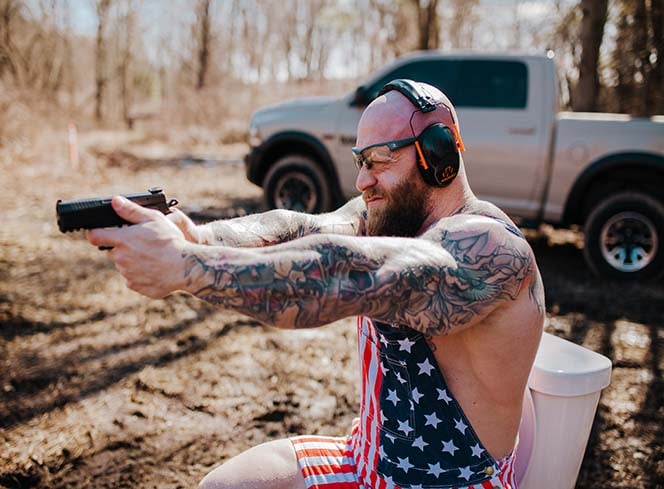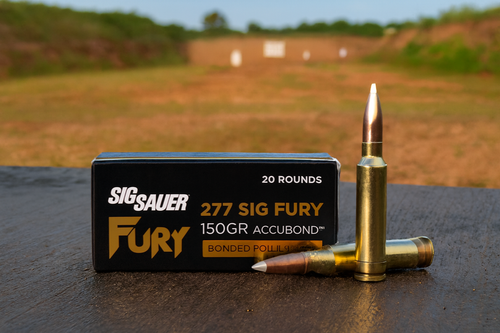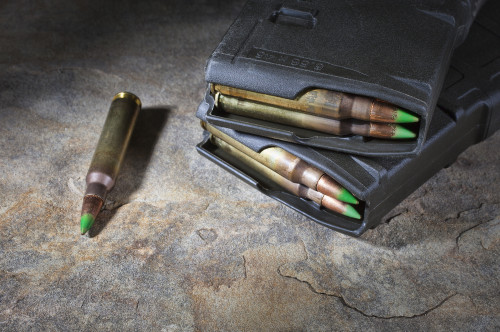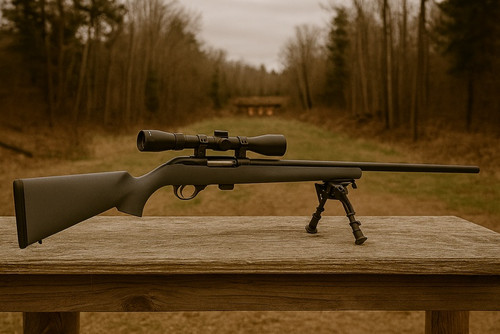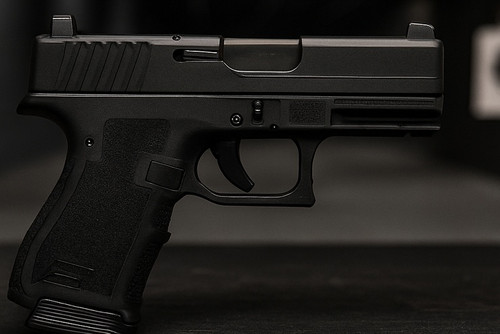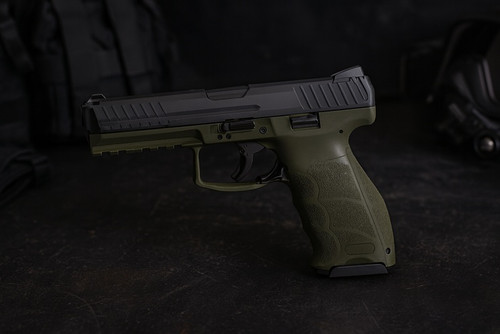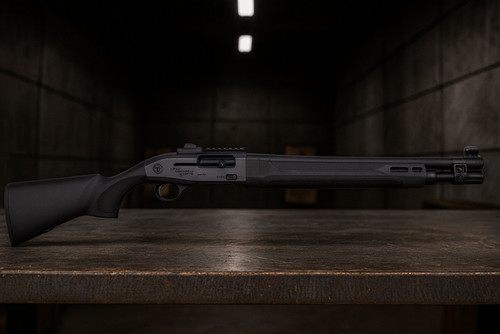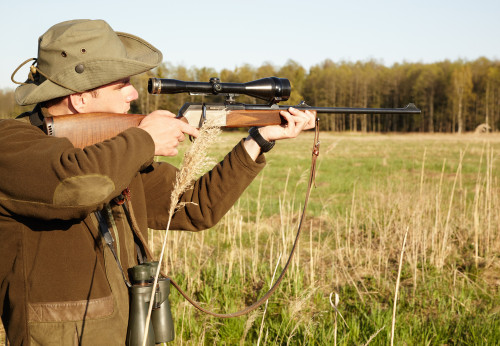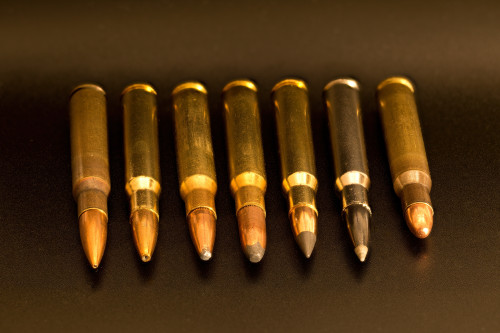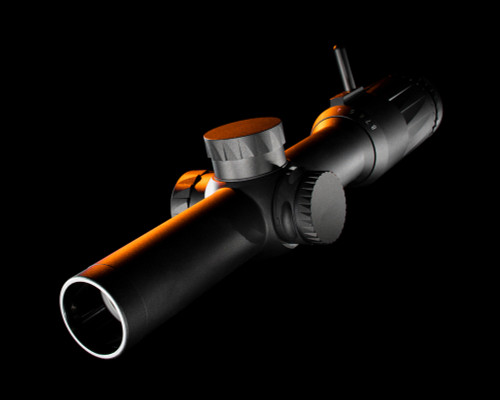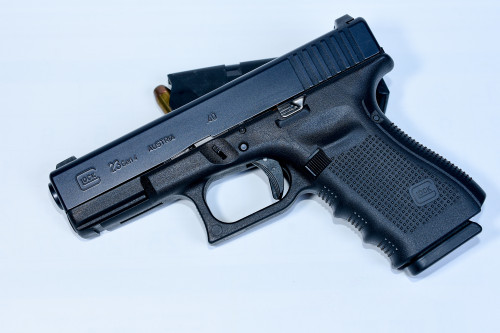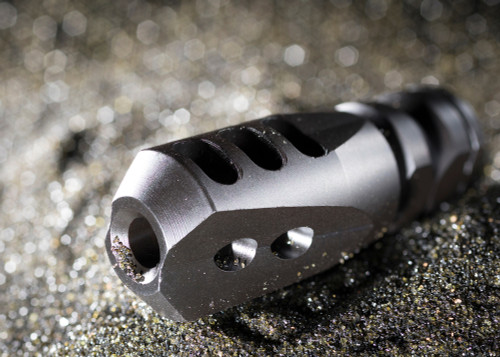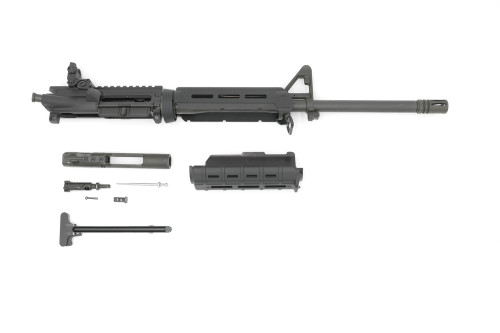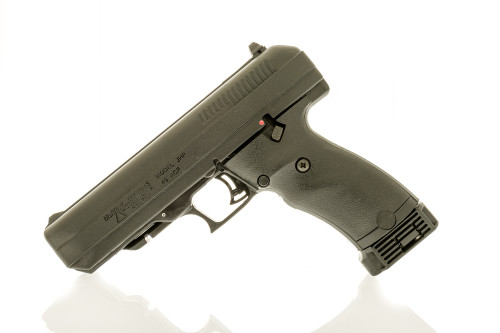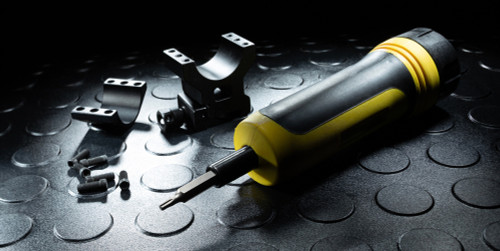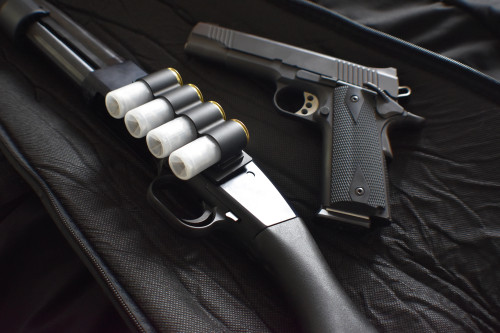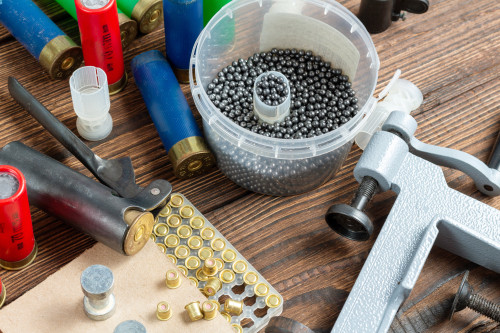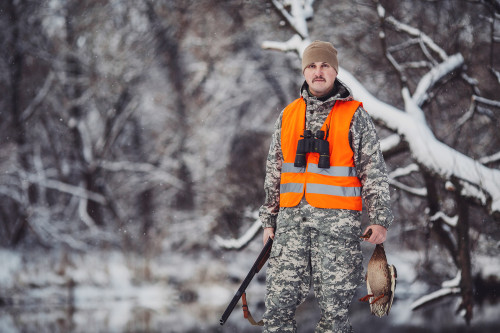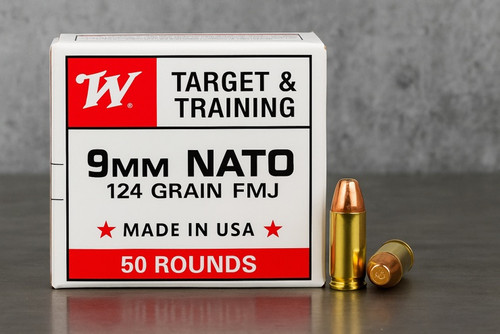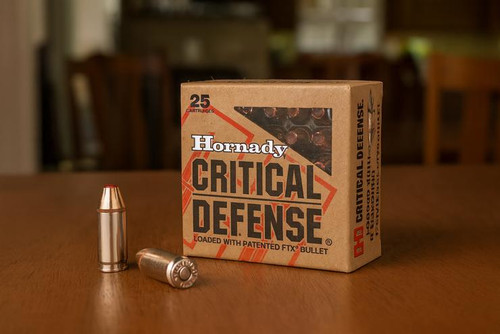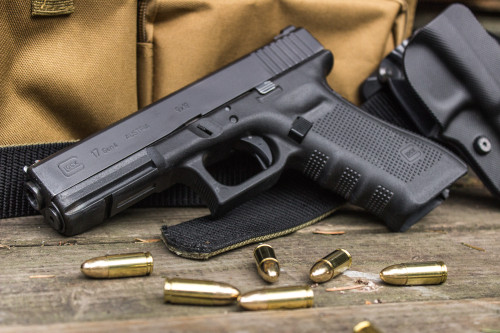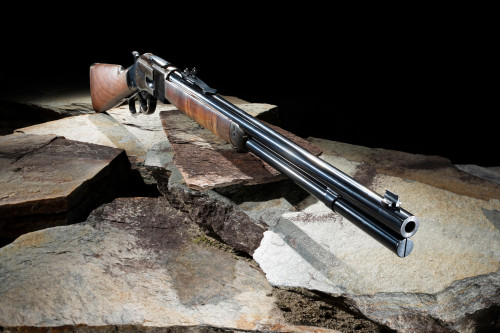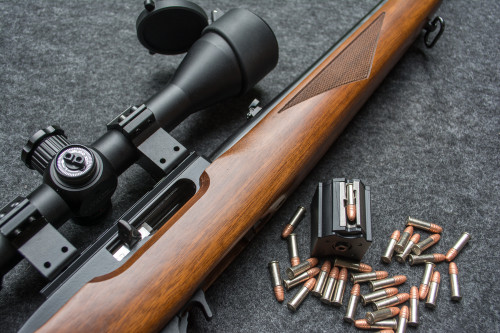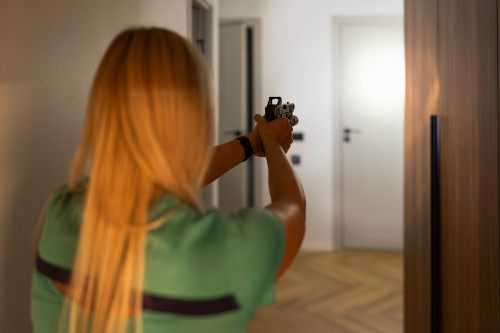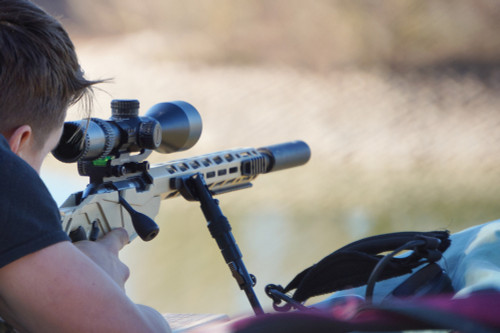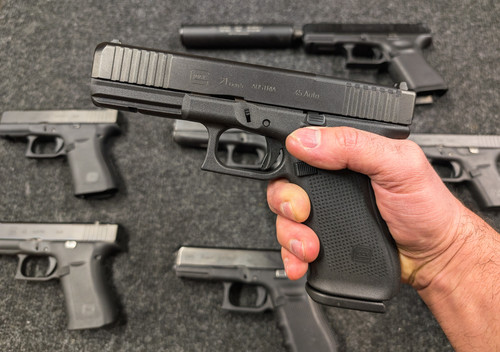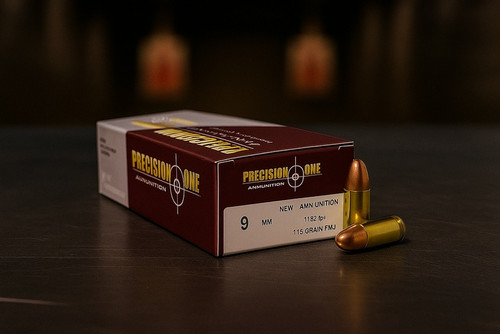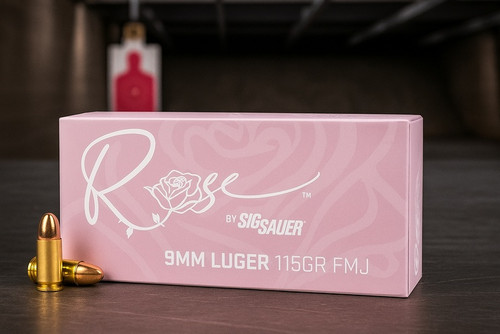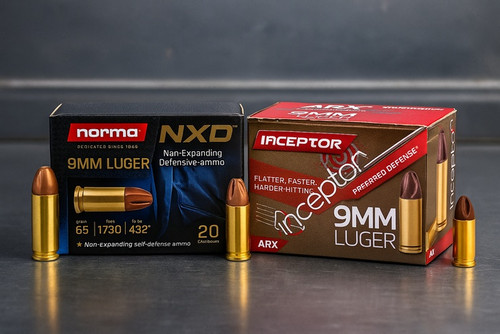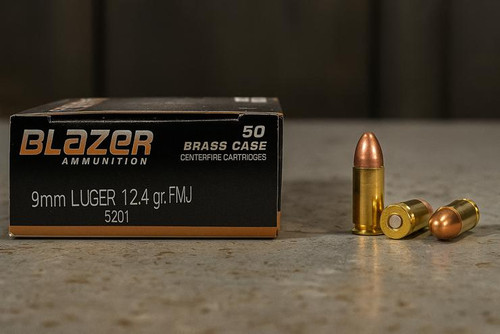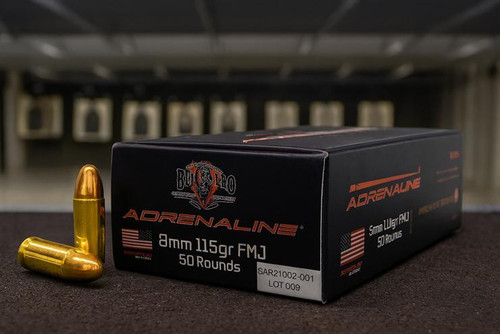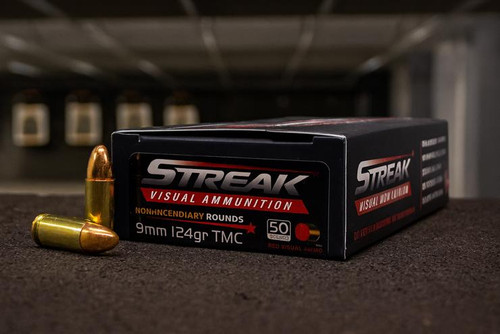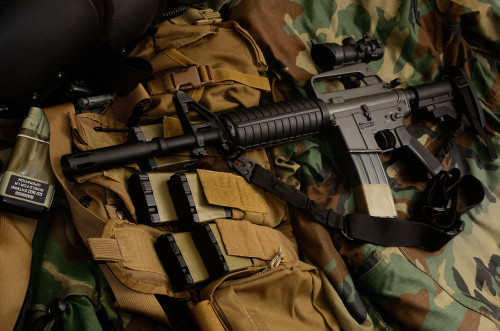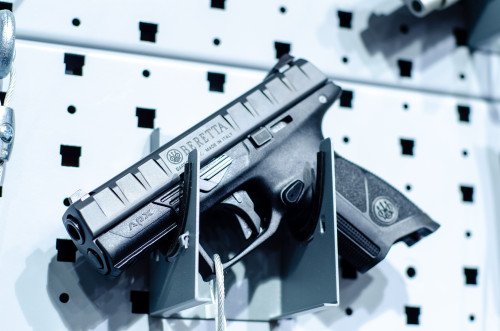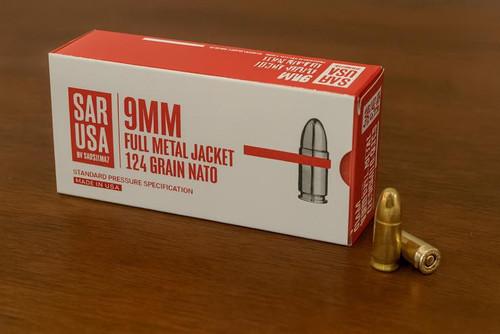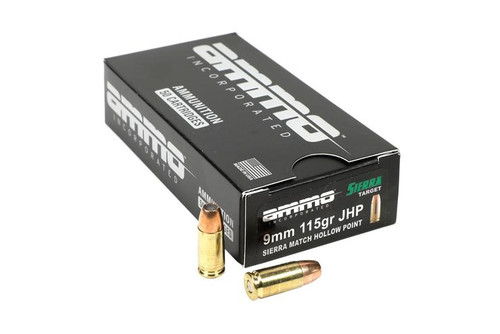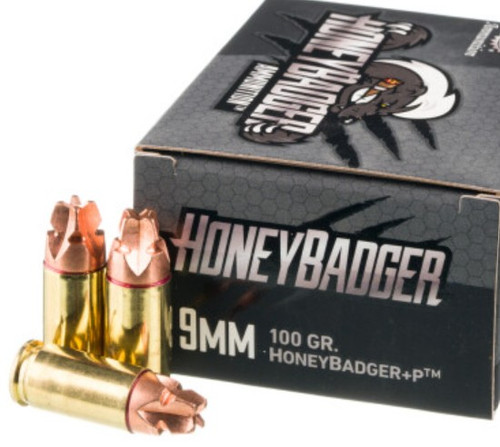The 7.62x39mm cartridge has been a workhorse of military, civilian, and hunting applications for decades. Originally developed by the Soviets in the mid-20th century, it gained worldwide recognition through the AK-47 platform and its variants. But how does this venerable cartridge hold up when compared to similar rounds like the 5.56 NATO, .300 AAC Blackout, and .30-30 Winchester?
In this guide, we’ll break down the similarities, differences, and situational advantages of each, helping you determine where 7.62x39mm fits in your arsenal—whether you're focused on defense, hunting, or general-purpose shooting.
Before you head to the field, test a handful of the recommended loads from our Best 7.62x39 Ammo for the Range roundup — the right practice round helps dial POI and reveal which loads your rifle favors.
7.62x39mm: The Basics
- Case Length: 39mm
- Overall Length: 56mm
- Pressure: Approximately 45,000 psi (CIP standard)
- Common Platforms: AK-47, SKS, Ruger Mini Thirty, CZ bolt-action rifles, and AR-15 pattern rifles with caliber conversion kits
- Bullet Diameter: 0.311"
- Typical Bullet Weight: 122–125 grains
- Velocity: ~2,350 fps (from 16" barrel)
- Muzzle Energy: ~1,500 ft-lbs
- Effective Range: Up to 300 yards
- Recoil: Moderate
7.62x39mm offers a balance of hard-hitting energy and manageable recoil, blending the raw punch of a traditional hunting round with the magazine-fed speed and reliability of a semi-auto platform. Its curved trajectory requires more holdover at distance compared to flatter shooting rounds, but within 200 yards, it's deadly and predictable with a wide variety of bullet types from FMJ to soft point and ballistic tip.
7.62x39mm vs 5.56 NATO: Power vs Precision
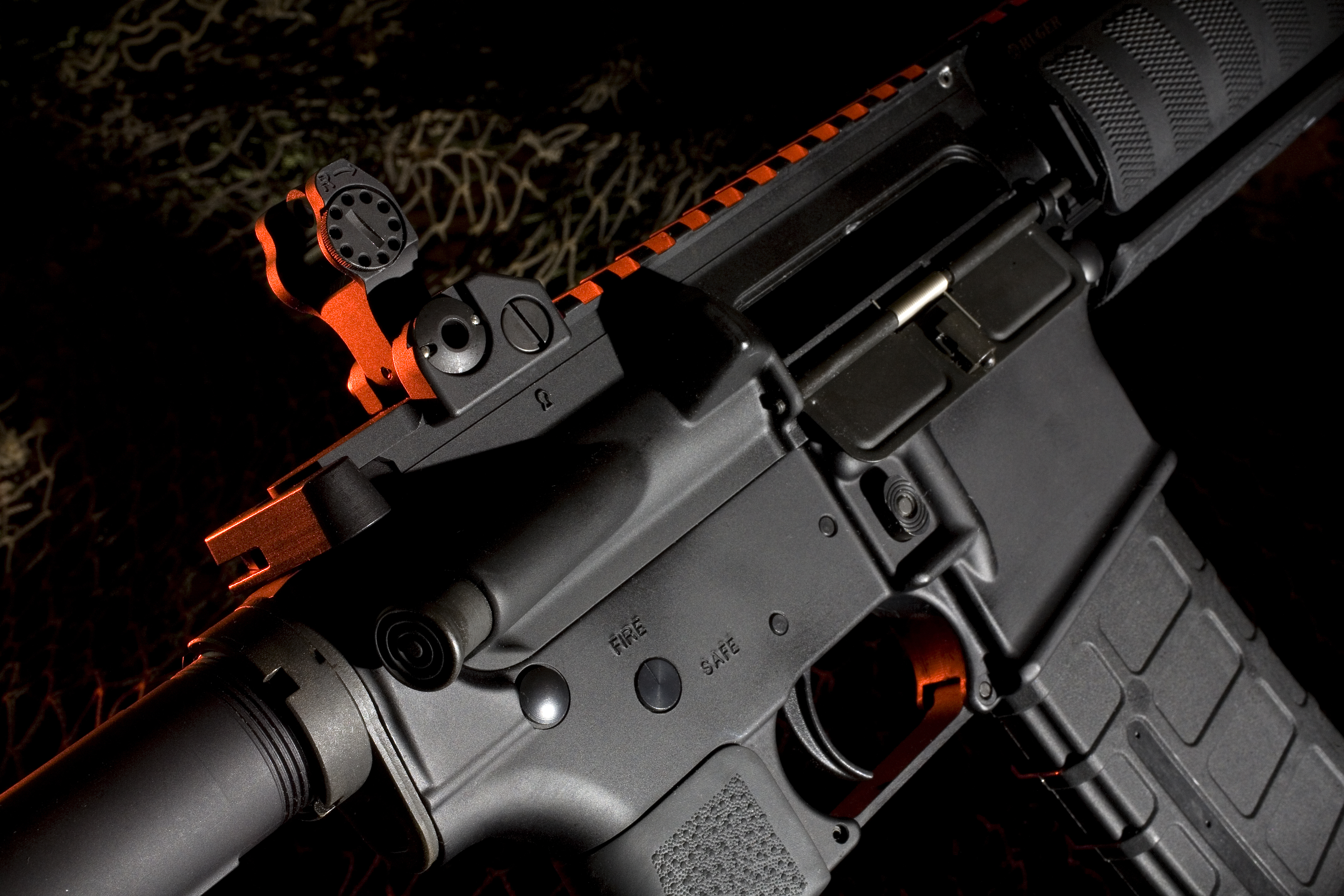
| Feature | 7.62x39mm | 5.56 NATO (.223 Rem) |
|---|---|---|
| Bullet Weight | 122–125 gr | 55–77 gr |
| Muzzle Velocity | ~2,350 fps | ~2,900–3,100 fps |
| Muzzle Energy | ~1,500 ft-lbs | ~1,250 ft-lbs |
| Effective Range | 300 yds | 500+ yds |
| Recoil | Moderate | Light |
| Penetration | High (especially FMJ) | Lower vs hard barriers |
| Platform | AK, SKS, bolt rifles | AR-15 and variants |
In-Depth Comparison:
The 7.62x39mm is often compared to the 5.56 NATO due to their shared role as intermediate military cartridges. Where 5.56 excels is in speed and accuracy—its high velocity, lighter recoil, and flatter trajectory make it a superior option at longer distances, especially in AR-15 platforms known for their ergonomics and optics compatibility.
On the other hand, 7.62x39mm hits harder up close. It performs better through intermediate barriers like walls and windshields, and it transfers more energy to soft targets at close to mid-range distances. However, its trajectory is more arched, requiring better range estimation or ballistic compensation.
In terms of recoil, 5.56 is easier to control and allows faster follow-up shots, while 7.62x39mm offers a satisfying thump that remains manageable with proper stance and training. Ammo cost is comparable, though surplus 7.62x39mm can often be found cheaper.
When you compare 7.62x39 to 5.56 NATO, remember 5.56 typically delivers flatter trajectory and higher velocity out of modern AR platforms — if you’re weighing home-defense and general training utility, our guide to the best 5.56 for home defense, range training, and preparedness is a useful reference for platform- and mission-matched loads.
7.62x39mm vs .300 Blackout: Two Faces of Versatility
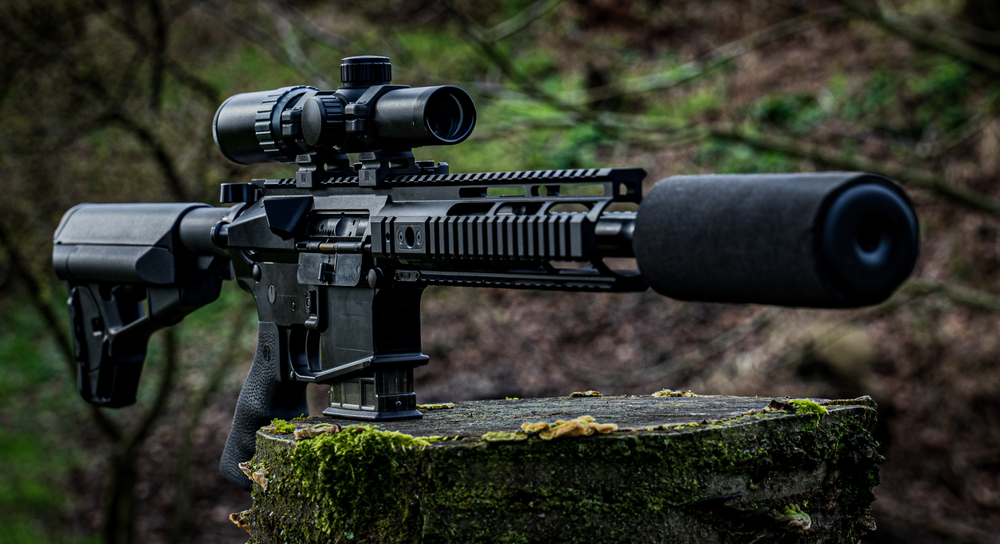
| Feature | 7.62x39mm | .300 AAC Blackout |
|---|---|---|
| Bullet Weight | 122–125 gr (typical) | 110–220 gr |
| Muzzle Velocity | ~2,350 fps | ~2,200 fps (supersonic) |
| Suppressed Use | Limited | Optimized (subsonic loads) |
| Ammo Cost | Lower | Higher |
| Magazine Fit | Requires curved mags | Standard AR mags |
| Versatility | Combat & hunting proven | Great for suppressed, niche |
In-Depth Comparison:
.300 Blackout was designed to mimic the ballistic performance of 7.62x39mm while being compatible with standard AR-15 magazines and bolt carriers. Supersonic .300 BLK loads perform similarly to 7.62x39mm in terms of energy and range, making it effective in similar roles—close-quarters combat, home defense, and hog hunting.
However, the real advantage of .300 BLK lies in its subsonic versatility. When paired with a suppressor, subsonic 220-grain bullets produce low noise levels, making it ideal for stealth applications and tactical environments. 7.62x39mm, while suppressible, doesn’t handle subsonic loads as effectively due to cycling and ballistic limitations.
In terms of cost and availability, 7.62x39mm wins hands down. Ammunition is more affordable, widely available, and often comes in surplus quantities. .300 Blackout, while growing in popularity, is still relatively expensive and less commonly stocked.
Compared to .300 Blackout, 7.62x39 typically offers heavier projectiles at similar short-range performance but different platform ecosystems — if suppressed or subsonic performance is a priority, our best .300 Blackout ammo for defense piece breaks down loads optimized for that role.
7.62x39mm vs .30-30 Winchester: Hunting Rounds Compared
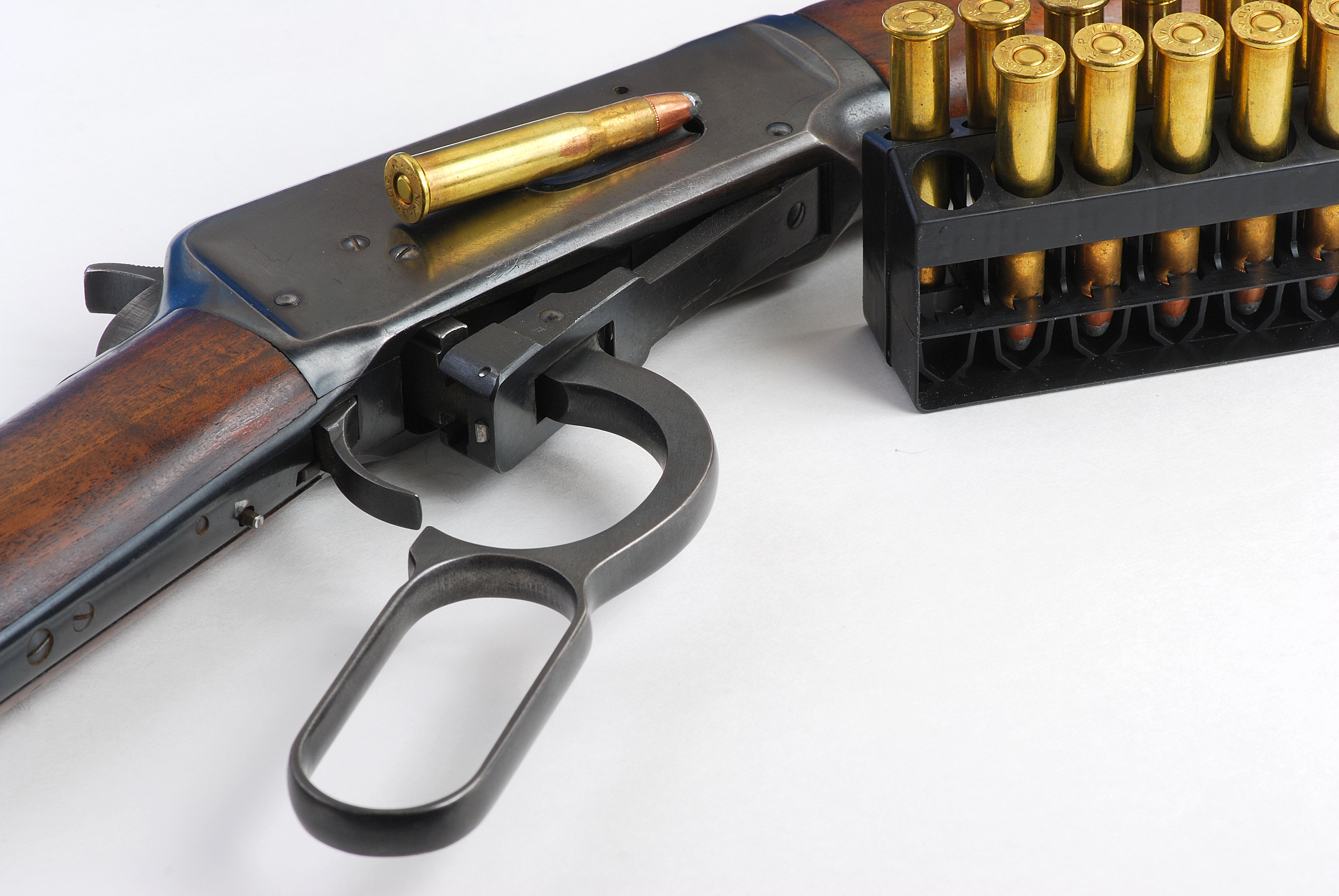
| Feature | 7.62x39mm | .30-30 Winchester |
|---|---|---|
| Bullet Weight | 122–125 gr | 150–170 gr |
| Muzzle Velocity | ~2,350 fps | ~2,200 fps |
| Muzzle Energy | ~1,500 ft-lbs | ~1,800–1,900 ft-lbs |
| Effective Range | 150–200 yds | 200+ yds |
| Platforms | Semi-auto & bolt-action | Lever-action rifles |
| Hunting Suitability | Deer, hogs, coyotes | Deer, hogs, black bear |
In-Depth Comparison:
The comparison between 7.62x39mm and .30-30 Winchester is a natural one. Both rounds are favored for their brush-busting ability and reliable stopping power at modest hunting ranges. The .30-30 has been a staple in American hunting for over a century, primarily through lever-action rifles. Its heavier bullets and energy make it slightly better for taking down larger game like black bear.
7.62x39mm, however, offers a more modern twist. It’s compatible with semi-auto rifles, making follow-up shots faster. It’s also cheaper to shoot, easier to find in bulk, and commonly available in steel-cased options for training. While it gives up some muzzle energy compared to .30-30, it's more than capable of ethical kills on deer-sized game out to 200 yards.
In hunting terms, the .30-30 still holds an edge in sheer power and traditional appeal, but 7.62x39mm brings modern ergonomics and magazine-fed convenience to the same job.
While the 7.62x39 is a modern intermediate cartridge tuned for short-to-mid ranges in lightweight platforms, the .30-30 remains a classic hunting round with older lever-action platforms and different terminal behavior — for hunting-specific considerations and recommended loads, see our Best .30-30 Winchester for Your Next Hunting Excursion.
Final Thoughts
The 7.62x39mm cartridge remains a powerful, practical round that fills a unique space between intermediate rifle calibers and larger hunting rounds. While it doesn’t match 5.56 in long-range accuracy or .300 Blackout in suppressed finesse, it outshines both in cost-efficiency, rugged utility, and terminal performance at close to moderate ranges.
Its ballistic profile makes it ideal for engagements within 200 yards, offering more than enough punch for deer-sized game, wild hogs, and even home defense in rural environments. The ability to penetrate intermediate barriers also gives it a tactical edge, especially in scenarios where overbuilt cover or brush would impede lighter, faster calibers like 5.56 NATO.
The comparison to .30-30 Winchester continues to hold value—it shares similar real-world hunting range and energy, but in a more modern, magazine-fed semi-auto package. For shooters who appreciate the AK platform or enjoy bolt-action rifles chambered in 7.62x39mm, the round delivers consistent performance and versatility.
Additionally, the cartridge has benefited from modern ammunition development. Today’s options include soft points, ballistic tips, and polymer-coated steel-cased variants that improve performance, reduce fouling, and maintain affordability. While not as flashy or cutting-edge as some of its newer peers, 7.62x39mm has more than stood the test of time.
Whether you’re looking for a round to train with affordably, stockpile for uncertain times, or take into the woods on your next hunting trip, 7.62x39mm continues to deliver. It may not be perfect for every purpose, but within its niche, it’s one of the most proven and practical rifle cartridges available.
FAQs
Is 7.62x39mm more powerful than 5.56?
Yes, it generally delivers more muzzle energy and penetration, especially through barriers.
Can 7.62x39mm be suppressed effectively?
It’s possible but not ideal. The round is supersonic and less efficient than .300 Blackout in suppressed setups.
Is it better for hunting than .223?
For medium-sized game like deer or hogs, yes. 7.62x39mm offers better penetration and energy.
Why compare 7.62x39mm to .30-30?
Both rounds offer similar energy levels and effective hunting ranges, often used in short-range brush environments.
What’s the biggest drawback of 7.62x39mm?
Ballistic drop beyond 200 yards and magazine reliability in non-AK platforms can be limiting.



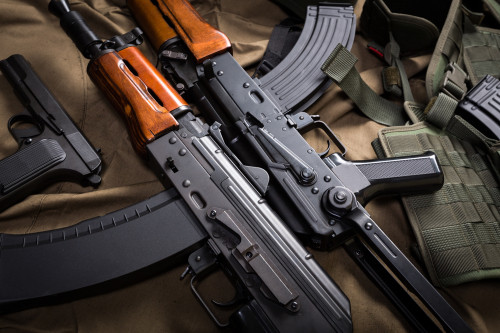
 Pro Armory Editorial Team
Pro Armory Editorial Team